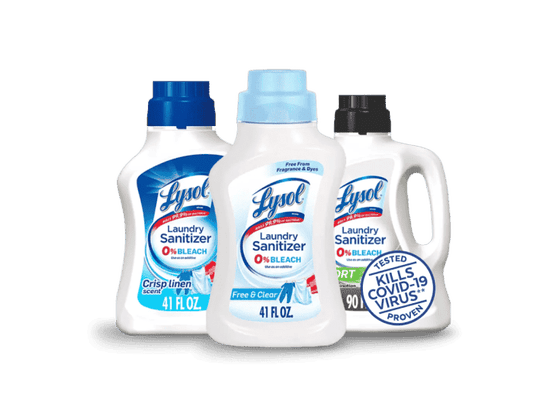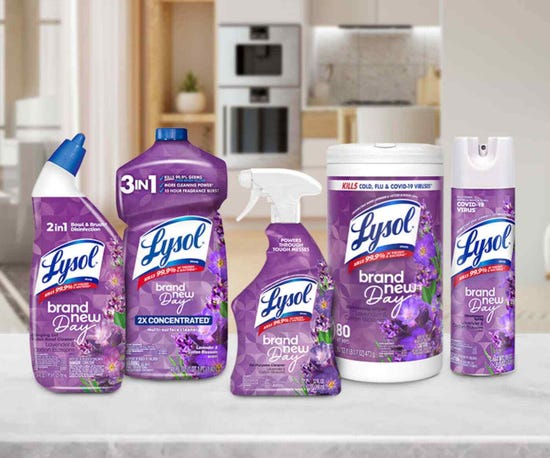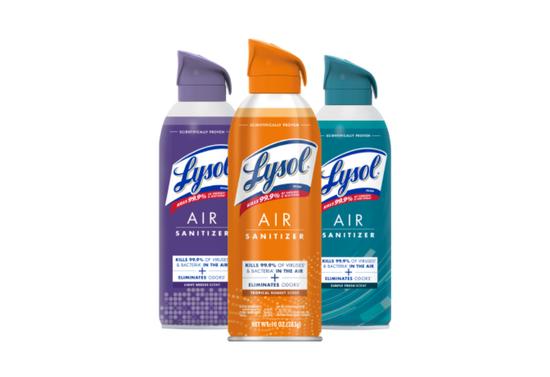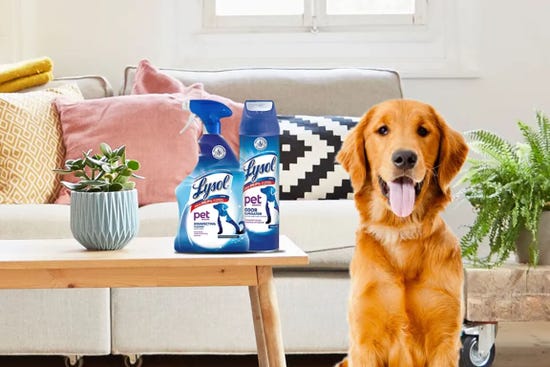
Germs Lesson Plan for Kids
Germs are so tiny we can’t see them. But by substituting a spray of colored water for a sneeze, students can see that germs can live and spread anywhere.

Goals and Skills
STUDENTS WILL:
- Discover more about germs and how they spread
- Understand why washing hands and surfaces may prevent or reduce the risk of disease
- Understand that surfaces that look clean may still contain germs
SUPPLIES AND PREPARATION:
- Spray bottle
- Washable red paint
- Disinfecting wipes
- Access to sink, soap, and towels for the entire class
- Find and download images of bad germs/viruses (tuberculosis, E. coli, or typhus)
BACKGROUND FOR TEACHER:
You can access the CDC’s germ stats and scientific information (which students can use in the Germ Review step below)
Instruction Steps
1. WHAT ARE GERMS?
Start a class discussion by asking students to share what they know about germs and how they can spread.
2. GERMS 101
Inform your students about germs by sharing the following. Write the definition of a germ on the board:
- Germs are tiny living things called bacteria or microorganisms that are all around us all the time
- They are “microscopic”—which means that they are so small you can’t see them without a microscope
Show pictures of various bad germs/viruses, such as tuberculosis, E. coli, or typhus.
Explain that some germs are good, and that our body needs them to work right—to help kill off bad germs or help us digest food (acidophilus, for instance).
Make a list of places, or “hotspots,” germs live (mouth, nose, hands, tables, handles, and keyboards).
3. HOW GERMS SPREAD.
Discuss how germs can spread (hands to surfaces, surfaces to hands, hands to hands). Start a list of the ways we can prevent germs from spreading:
- Covering coughs and sneezes
- Proper handwashing
- Keeping surfaces clean
4. DEMONSTRATE.
Bring the discussion to life for students with this visual demonstration that is guaranteed to be memorable! Fill a spray bottle with washable red paint and dilute it with water. As you pretend to sneeze, spray the solution on a table top.
Explain that the table now has “germs” on it. Invite half the students to touch the table, then instruct them to shake hands with the rest of the class. Ask students to explain their observations and discuss how “germs” can spread to objects and people. (Remind students to avoid touching their faces, clothing, and other surfaces in order not to spread the paint.)
5. WASH HANDS.
First, model the proper steps of handwashing to the class. Then, have everyone wash their hands with soap and water for 20 seconds, as the Centers for Disease Control & Prevention (CDC) recommends. Make sure the red is all gone!
To ensure students wash long enough, and to insert a little bit of a challenge, have students count by odd or even numbers (they should count to 40), or practice their multiplication tables.
6. CLEAN SURFACES.
Reiterate that the reason they need to keep the classroom and their hands clean is to reduce the chance of spreading bad germs. Have students help you clean the surfaces in the classroom, including table tops, counters, doorknobs, keyboard keys, and other “hotspots” you identified in step 2.
7. EXTEND THE LESSON.
Repeat the demonstration using clear water. Explain that even though students can’t see the “germs,” they are still on the table surface.
Related Articles
DISCLAIMER:
Healthy Habits® is Presented by Lysol® in collaboration with NEA and National PTA
SOURCES:






.png?width=550&height=377&format=png&quality=80)


.png?width=550&height=377&format=png&quality=80)
.png?width=550&height=420&format=png&quality=80)
.png?width=550&height=377&format=png&quality=80)



.png?width=550&height=377&format=png&quality=80)